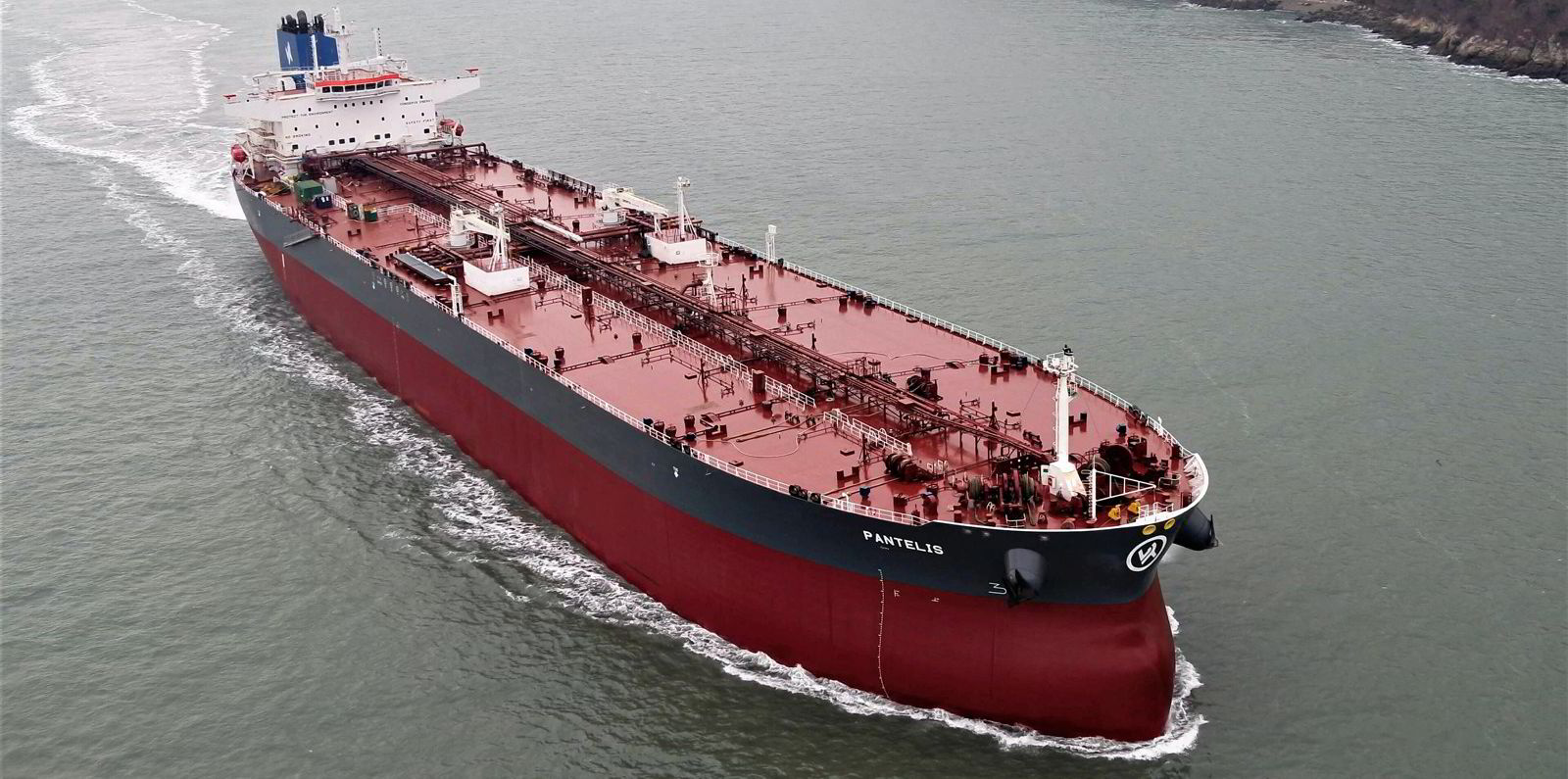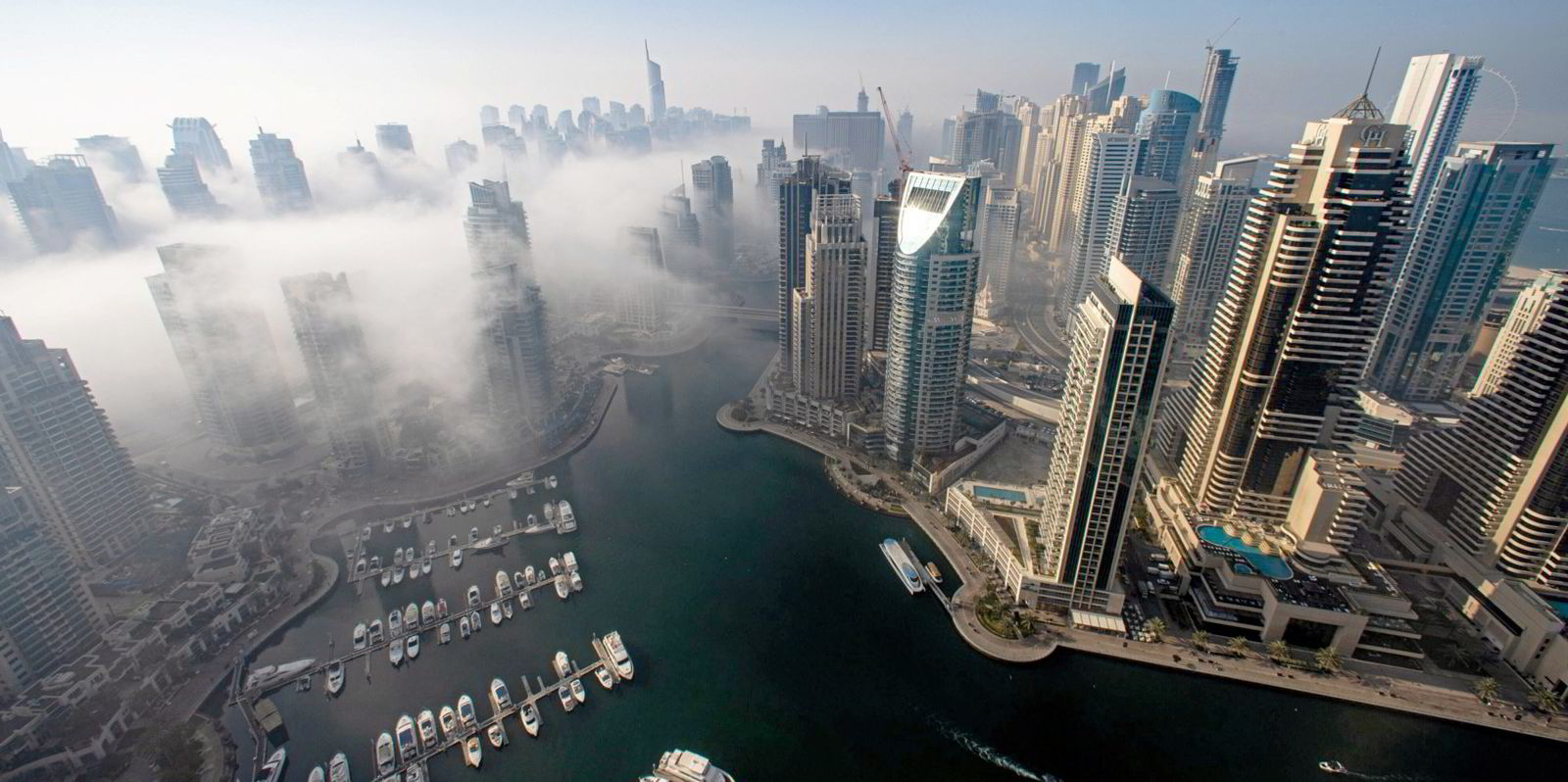Russia is likely to expand its crude exports after Ukrainian drone strikes on refineries cut its capacity to produce refined oil products, according to data analyst Kpler.
Six reported drone strikes on Russian facilities reduced refinery capacity by about 500,000 barrels per day during a peak period of outages in the first days of February, according to chief crude analyst Viktor Katona.
The decline in refinery output would result in more crude, notably the main Urals export grade, being redirected for export, he said.
About two-thirds of Urals over the past year has been shipped to India following an import ban on Russian crude imposed by the European Union.
“Refinery runs right now are significantly lower than they should be … so effectively, we’re headed into a couple of months where you know that the Russian crude supply into the market will be higher than the norm,” Katona said.
Russian seaborne exports must be sold below $60 per barrel to allow G7-linked shipping, flag and insurance services to be involved without those companies falling foul of sanctions.
The G7 introduced the price cap in December 2022 in a move intended to restrain revenues going to the Russian treasury.
Prices of Urals barrels in early February stood at $61.80 a barrel, down from $66 in late January, according to the International Energy Agency’s latest oil monthly report this week.
Barrels sold above the price cap are hauled on Russian state carriers and so-called shadow fleet vessels with no links to G7 economies.
BRS Shipbrokers has assessed that 675 ships, representing more than 7% of the global tanker fleet, form the shadow fleet, but definitions and numbers vary.
Significant impact
The IEA said oil export volumes changed little in January but the impact on trade flows could be “significant” if repair works following the Ukrainian refinery attacks are prolonged.
Russian crude and product export volumes stood at around 7.7m barrels per day in January, largely unchanged from the previous month, and the equal highest monthly figure since March 2023.
Volumes have increased since before the war began in February 2022: monthly exports averaged 7.2m bpd in 2021 and 7.4m bpd over the next two years.
The refinery attacks this year began with a drone strike targeting a Novatek oil and gas facility in the Baltic port of Ust-Luga on 21 January, which knocked out some production for around three weeks, said Katona in a Kpler webinar.

Four days later, a Rosneft refinery at Tuapse on the Black Sea was struck; some production is expected to be down until the end of February. Four other refinery operations have been hit from 29 January to 9 February but with no, limited or unknown impact on refining.
The peak impact was in the first 10 days of February, when “you had basically up to half a million bpd of oil capacity going offline”, said Katona.
“But it seems that right now it’s closer to 300,000 [bpd] because Ust-Luga is basically coming back.”
The drone strikes are the latest upheaval for the Russian refinery sector and its exports. The Kremlin introduced a short-term export ban for diesel and gasoline last year to bring down domestic fuel prices following complaints by farmers during harvest.
Further disruption was caused by an emergency stoppage in January at a unit of the Norsi oil refinery at Nizhny Novgorod, one of the largest in Russia, after an unspecified incident.
Read more
- VLCC rates hit multi-month highs as Middle East and US Gulf drive rebound
- China sucks up sanctioned oil from shadow fleet, sending floating storage to seven-year low
- CMB launches mandatory bid for Euronav with investors backing ‘future-proof’ plan invited to stay
- VLCC rates rally as market jumps by more than one-third on back of Atlantic strength
- ‘Pent-up demand’ for shipping IPOs, says Nordic banking giant





